Heavy metal pollution
Correlations between sediment contaminants like heavy metals or organic micro-compounds and natural or anthropogenic radionuclides (40K, 238U, 232Th, 137Cs) facilitates in situ mapping of the contaminated sediment using gamma-ray detectors. These maps can be made quickly and economically using surveys with towed underwater gamma-ray detectors and based on the fundamental correlation of contaminants with radioactivity. For this mapping, the hypothesis is that the heavy metals bind to clay particles (see Udin, 2017) and that the clay particles can be measured by measuring radiometrics.
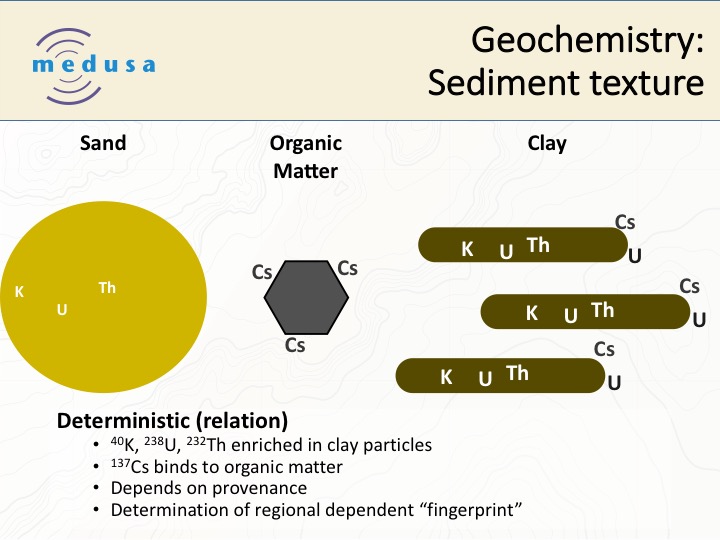
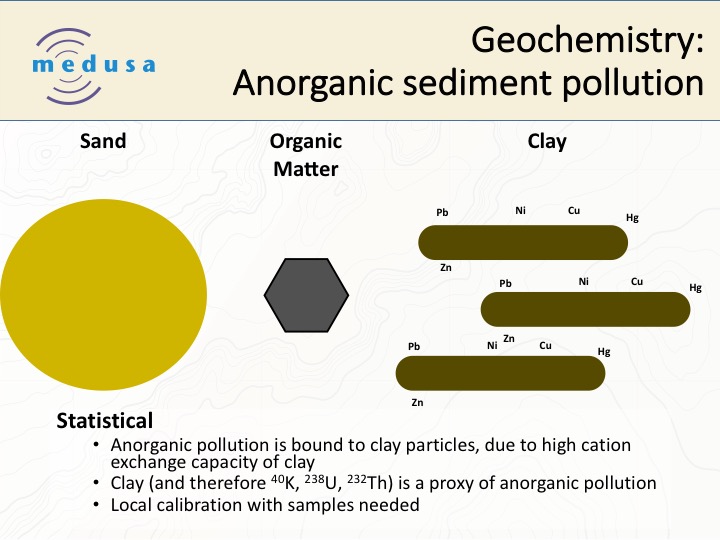
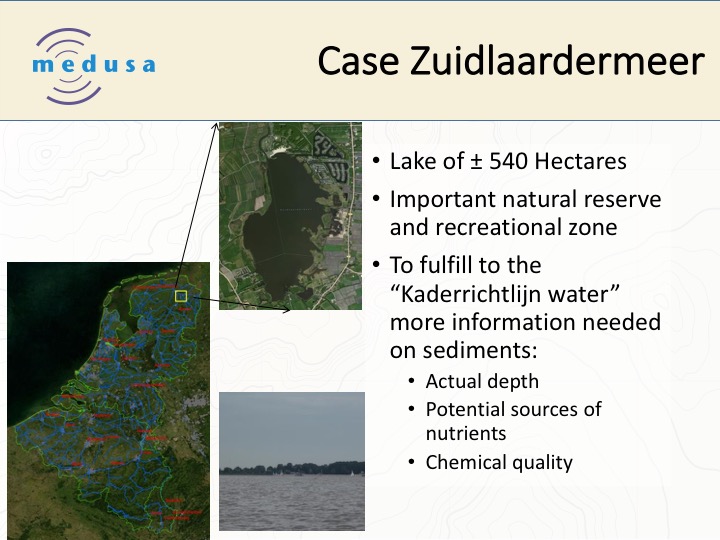
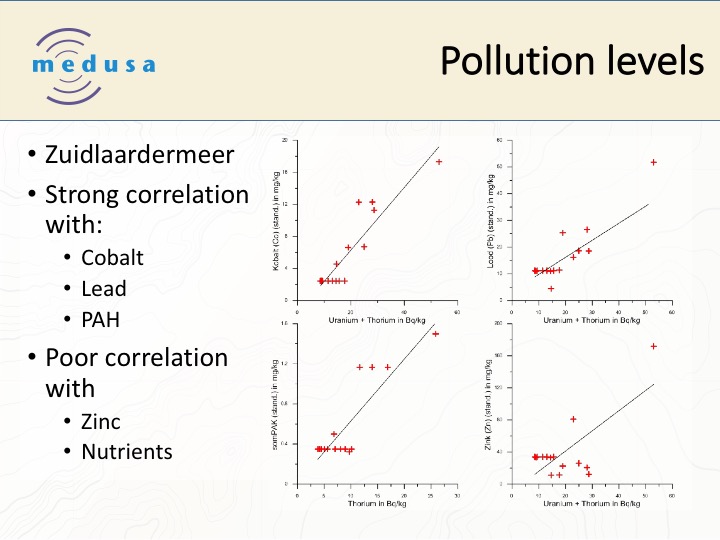
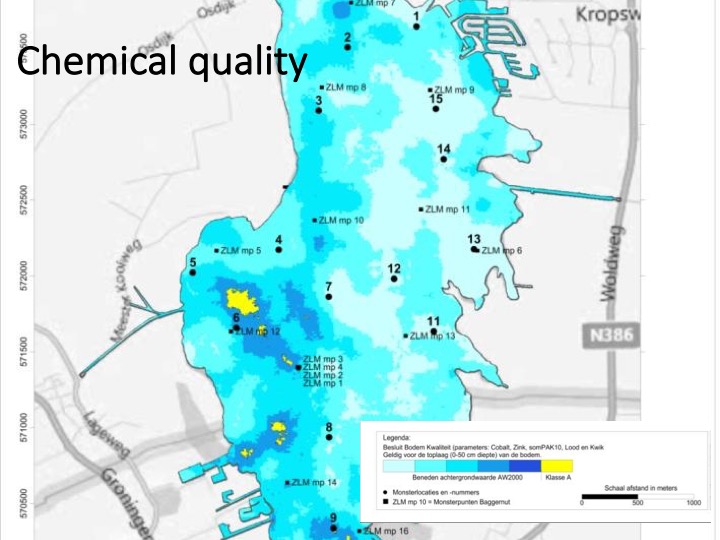
Publications and background
Uddin, M.K., 2017. A review on the adsorption of heavy metals by clay minerals, with special focus on the past decade. Chem. Eng. J. 308, 438–462. doi:10.1016/J.CEJ.2016.09.029
